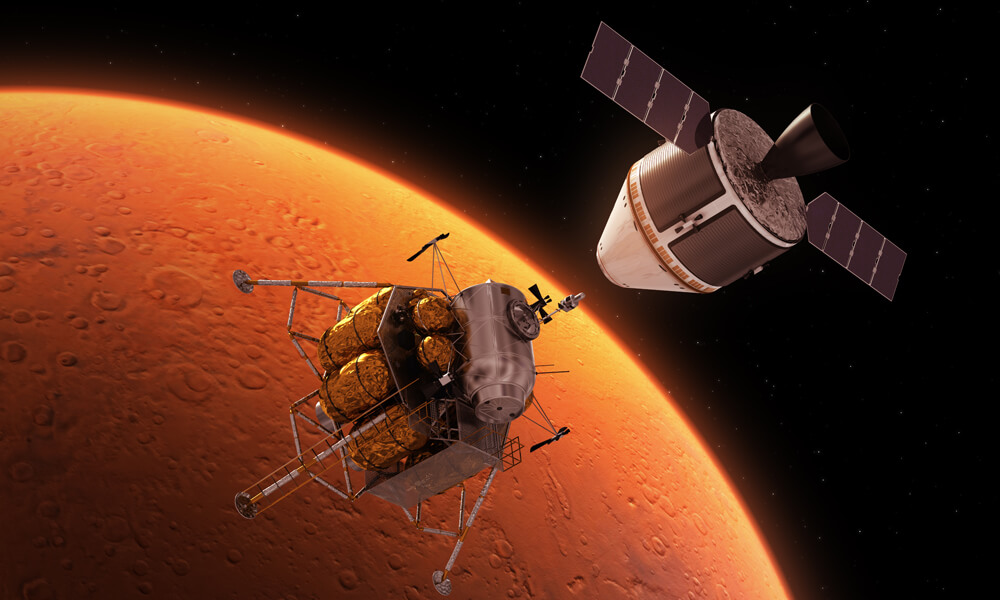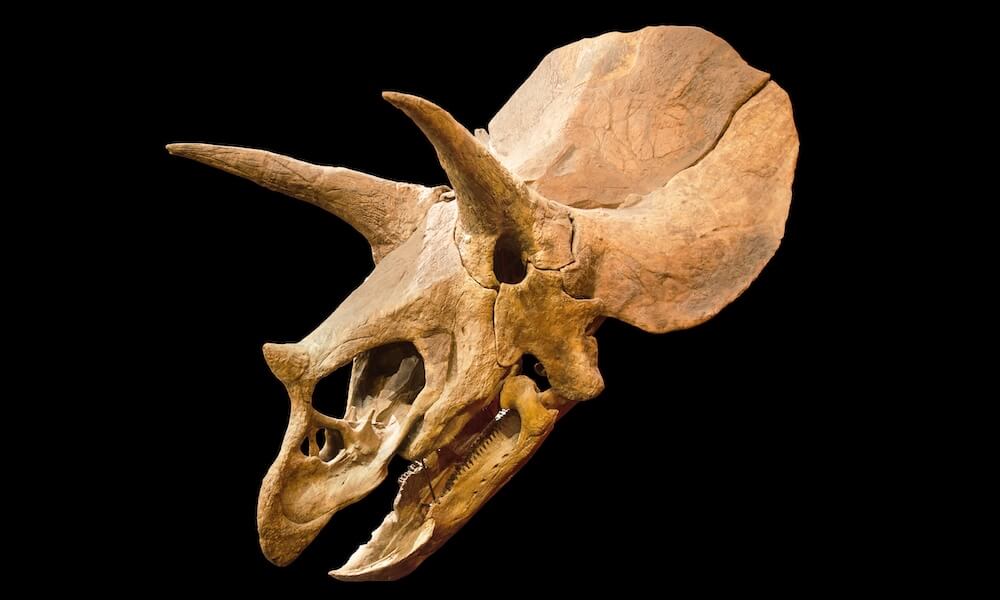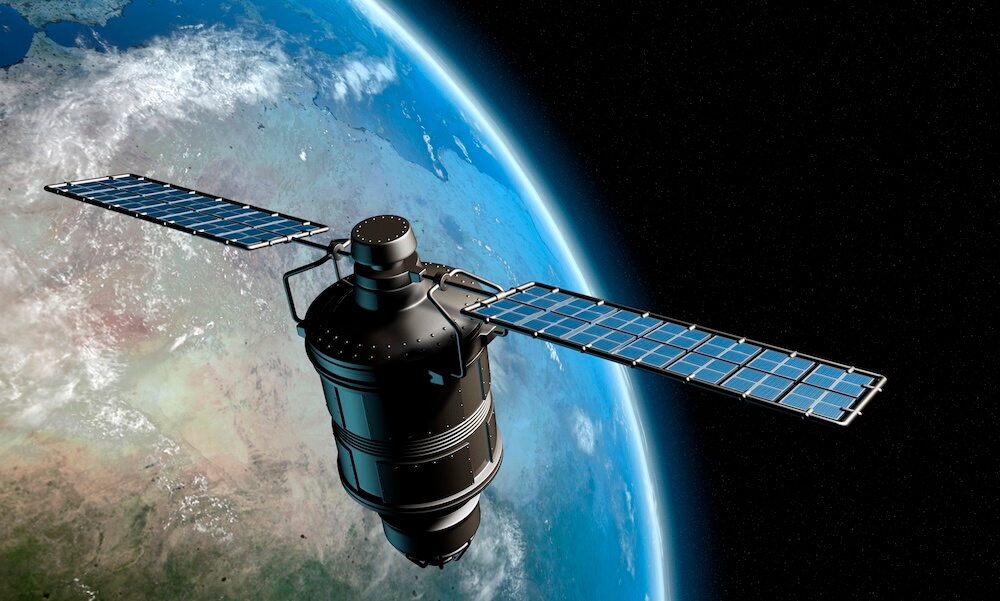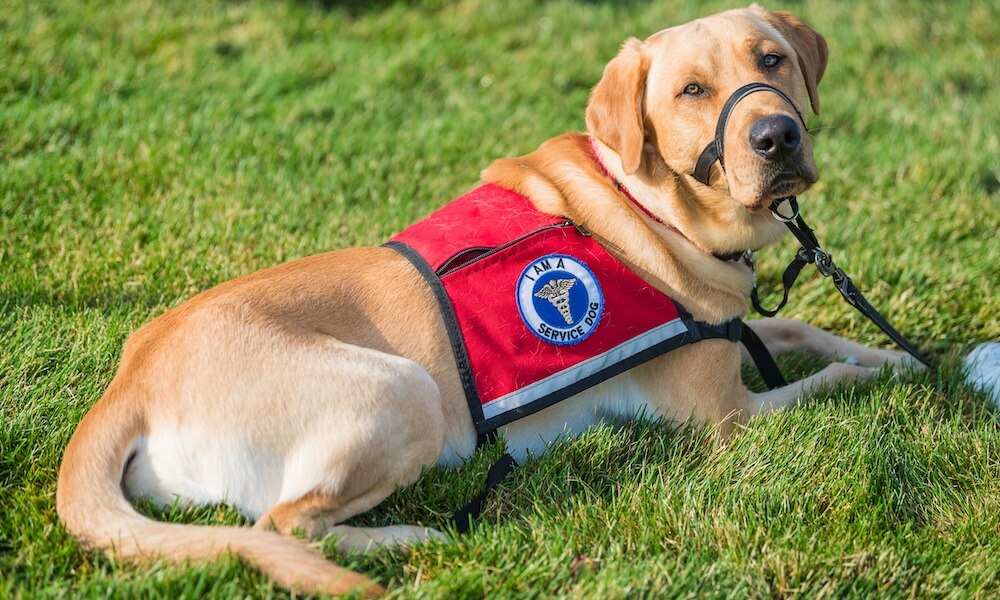15 of the Smartest Animals in the World
Source: Reader's Digest
The animal kingdom is full of surprises. Wait until you meet the lock-picking raccoon, the clever dolphin, and the mirror-savvy pig.

The animal kingdom is full of surprises. Wait until you meet the lock-picking raccoon, the clever dolphin, and the mirror-savvy pig.

Do you sometimes feel like you made a choice you didn’t really want to make? Marketers use a lot of tricks to get you to spend more money than you meant to. One of the most popular is “the decoy effect.” When faced with two choices—like a small or large drink—most people can pick pretty easily. Watch this video to learn how adding a third choice, or a “decoy” (like a medium size), can actually manipulate you into buying the more expensive option—even if you didn’t really want to.

| Do the best engineers wear hard hats and use blueprints? Not always! Learn how beavers build and shape landscapes that support habitats for countless animals in Montana. |

With the development of the next-generation Orion spacecraft—designed to eventually take astronauts to Mars— comes a number of all-new, advanced systems designed to track, monitor, and communicate with the spacecraft and its passengers. For NASA’s Mission Control facilities, all this additional technology meant that a brand new space was required to house the additional monitors and extra personnel. And that new space was shown to the public for the first time in late August of 2025.

Many of us love the Jurassic Park movies, including real-life paleontologist Matt Lamanna. Listen, or read the transcript, to learn from a dino expert which details are scientific fact, and which ones are pure movie magic.

NASA and the Indian Space Research Organization have teamed up to create a satellite capable of detecting natural disasters and, potentially, saving countless lives.

Dogs have been trained to help with a variety of tasks, but this project might be the biggest yet! Learn how dogs are helping to sniff-out an invasive species.

Roses are red…or are they?
While flowers may appear one way to us, it turns out they are hiding secret patterns that our limited eyes cannot detect. But that’s OK. Those hidden patterns aren’t for us. They are for the pollinating insects flying by.
Hidden in the ultraviolet spectrum of light, this article explains the functions those designs serve and provides examples of flowers in different lighting conditions.

Have you ever seen the color “olo?” Unless you are one of only five people on the planet who have, the answer is ‘no.’
Recently, researchers achieved the unusual feat of stimulating the eye in such a way as to allow it to see a color outside the range of normal human vision. This work is brand new, but scientists hope that it will lead to new vision treatments and help us to better understand how animals see the world.

Did you know about 6,909 distinct languages are spoken worldwide? However, some experts predict that half of current languages will be gone by 2100. So, what is the future of language? Are we headed toward a world where everyone speaks the same language?